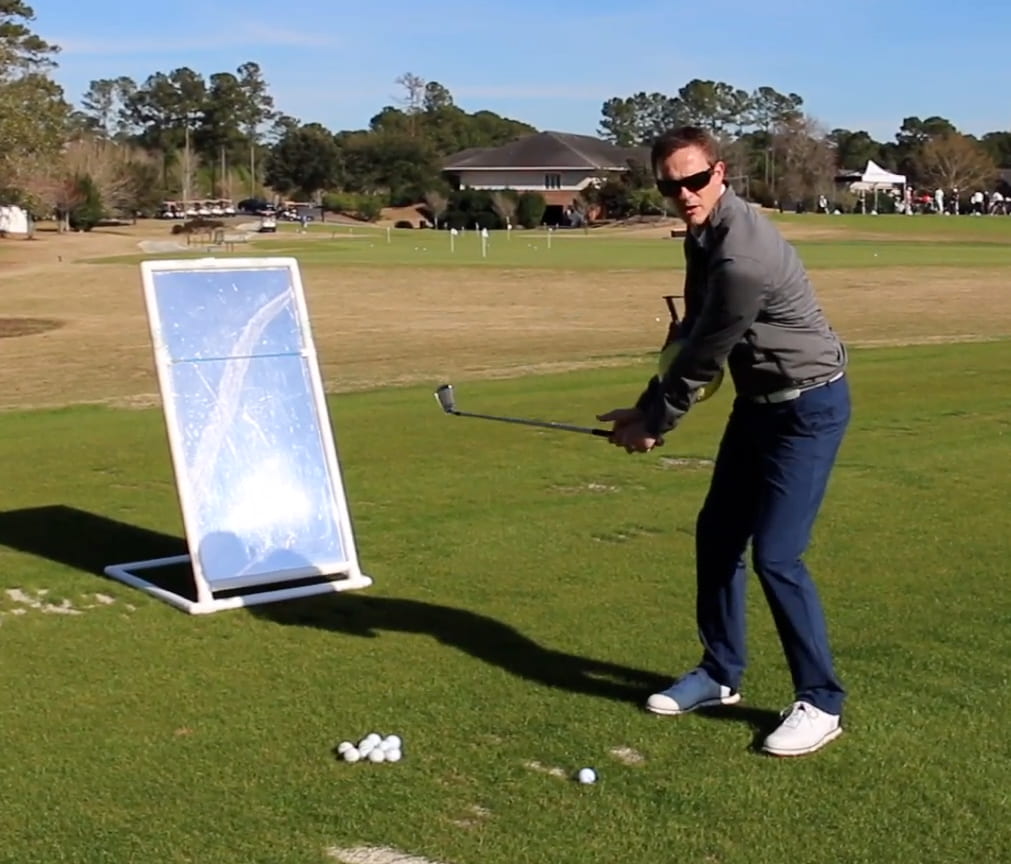In order to create a great golf swing that is both repetitive and reliable, you must train in a specific way. In this video, I give a simple introduction to some of the stages that I use to develop high performing consistent players. As with the development of any player, these stages are just a small portion of the work that helps to create a great player. The length of time that any player would stay in each stage, will depend on their skill level and tournament schedule and other factors.
#1
The Technical Stage of Golf Swing Development
The first stage is Technical, within this you need to understand what is happening within your swing and what your tendencies are for your poor shots. In this stage, the primary focus is on improving your ability to control the ball, therefore making practice swings at a speed where you can physically feel a different motion is vital. The use of a mirror allows you to visually see the changes that must take place is vital. It is one of the best training aids that you could possibly have.
#2
The Blending Stage
The second stage is Blending, this builds the bridge that links the range performance and the golf course, an aspect that most golfers find very difficult to cross. Within this stage, simplifying your swing thoughts to maybe 2 or 3 aspects is important to help with installing a motion. With these thoughts, you must then combine them with your routine, this helps to transfer new swing changes onto the course. Most golfers demand instant improvements, using soft balls at this stage allows you to focus on the technical aspect which then leads to better performance with a normal ball.
#3
The Competitive Stage
The competitive or pressure stage is next, within this stage you are trying to recreate an environment that matches a competitive environment on the golf course as closely as possible. By doing this you are training for what the situation is like on the course, pressured. The thought of having to make a 4ft putt to make Par and to beat your opponents is something that players do not normally train for. Yet we expect to make the putts? Through setting yourself a challenge or what is known as a completion task, meaning that When you are on the course your routine is critical and should be done automatically, therefore doing it on the range trains your brain to allow from better transfer over to the course. For example, set yourself a challenge of 130yd shot, hit 10 shots and make 6 shots finish within 30 ft.
#4
The Creative Stage
A Random Practice or creative stage is next, you must continue to develop different skill sets that you will need for the golf course. Doing this allows you to remain engaged within your practice period. Hitting a variety of shots on the range will allow you to perform better when you are on the course.
Remember, each time you walk away from the range, whether the time has been spent with a coach or spent alone, you should always leave with a sense of accomplishment.
Daniel





















